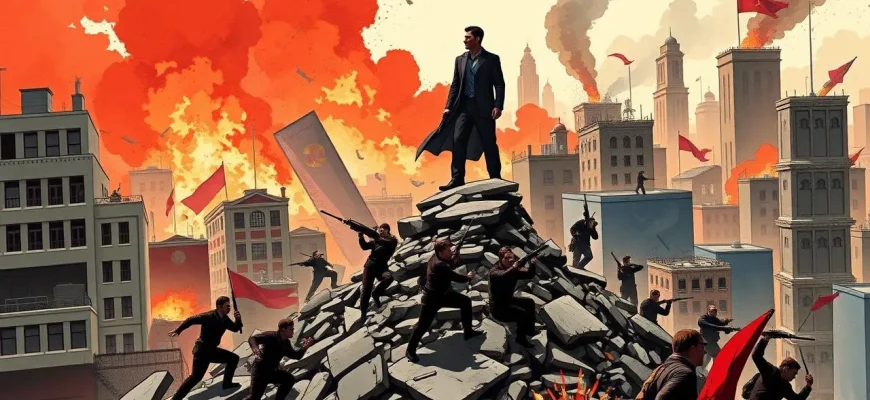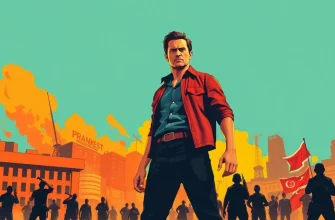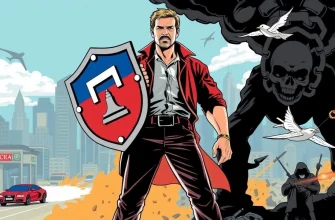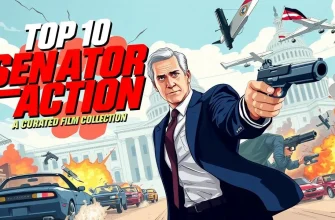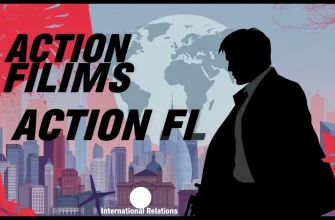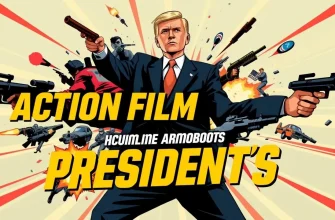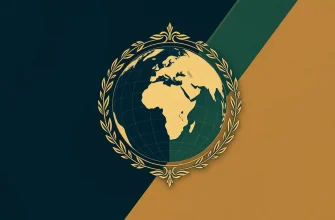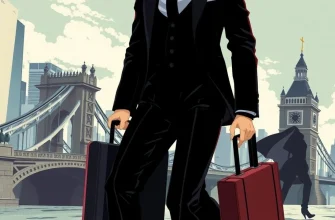Revolutions have always been a rich source of inspiration for filmmakers, offering a canvas to paint stories of courage, sacrifice, and the indomitable human spirit. This curated list of action films delves into various historical and fictional uprisings, providing not just thrills but also a deeper understanding of the complexities involved in revolutionary movements. From the gritty streets of dystopian futures to the battlefields of history, these films are a must-watch for anyone interested in the dynamics of change, resistance, and the quest for liberty.
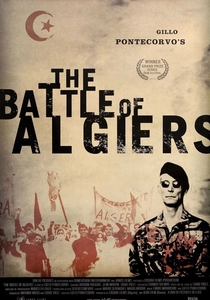
The Battle of Algiers (1966)
Description: A dramatization of the Algerian struggle for independence from French colonial rule, this film is a raw depiction of urban guerrilla warfare and the birth of a revolution.
Fact: The film was banned in France for five years due to its depiction of the French military. It was used by the Pentagon as a training film for understanding urban insurgency tactics.
 Watch Now
Watch Now
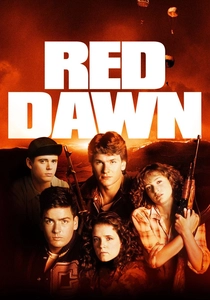
Red Dawn (1984)
Description: A group of high school students form a guerrilla resistance group after their town is invaded by Soviet, Cuban, and Nicaraguan forces, representing a grassroots revolution against foreign occupation.
Fact: The film was the first to be released with a PG-13 rating. The original script had the invaders as Chinese, but this was changed due to potential political sensitivities.
 Watch Now
Watch Now
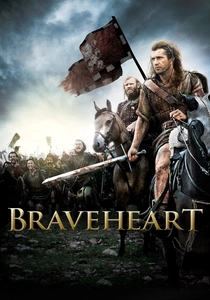
Braveheart (1995)
Description: William Wallace leads the Scots in a rebellion against King Edward I of England, embodying the spirit of revolution and the fight for freedom.
Fact: Mel Gibson, who directed and starred in the film, was initially reluctant to take on the role due to his age. The film's battle scenes were inspired by the epic scope of Sergei Eisenstein's "Alexander Nevsky."
 Watch Now
Watch Now
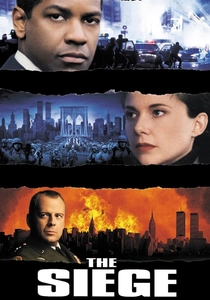
The Siege (1998)
Description: While not a traditional revolution, this film explores the aftermath of terrorist attacks in New York City, leading to a military lockdown and the questioning of civil liberties, reflecting themes of resistance and change.
Fact: The film was controversial for its portrayal of the military's response to terrorism, which some felt was too sympathetic to authoritarian measures. It was released before 9/11, eerily predicting some of the post-9/11 security measures.
 Watch Now
Watch Now
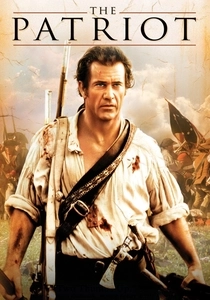
The Patriot (2000)
Description: Set during the American Revolutionary War, this film follows a farmer who becomes a militia leader to fight against British rule, showcasing the personal and collective struggle for independence.
Fact: Mel Gibson's character, Benjamin Martin, is loosely based on several historical figures, including Francis Marion, known as the "Swamp Fox." The film was criticized for its historical inaccuracies but praised for its emotional depth.
 Watch Now
Watch Now

Equilibrium (2002)
Description: In a future where all emotions are suppressed by a drug called Prozium, one man's decision to stop taking it leads to a revolution against the oppressive regime. This film blends action with philosophical questions about freedom and control.
Fact: The film's gun-fu style of combat was inspired by Hong Kong action cinema, particularly the work of John Woo. The concept of "gun kata" was created specifically for this movie.
 Watch Now
Watch Now
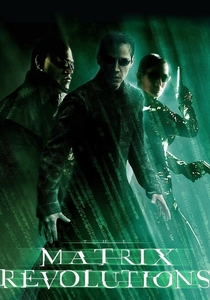
The Matrix Revolutions (2003)
Description: The final installment of the Matrix trilogy, where Neo fights to end the war between humans and machines, symbolizing a revolution against the digital oppression of the Matrix.
Fact: The film's ending was heavily debated by the Wachowskis, with multiple versions considered before settling on the theatrical release. The film features one of the longest single takes in cinema history during the battle for Zion.
 Watch Now
Watch Now
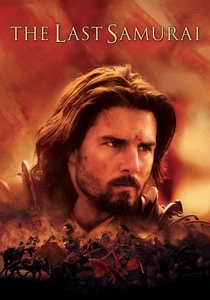
The Last Samurai (2003)
Description: An American military officer is hired to train the Japanese army but ends up joining the samurai in their fight against modernization, symbolizing a cultural revolution.
Fact: The film was shot in New Zealand, not Japan, due to budget constraints. Tom Cruise learned to ride horses and perform sword fighting for his role.
 Watch Now
Watch Now
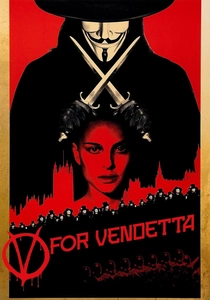
V for Vendetta (2005)
Description: In a dystopian future, a masked vigilante known only as "V" uses terrorist tactics to fight against a totalitarian regime. This film captures the essence of a revolution through its iconic imagery and the rallying cry of "Remember, remember, the fifth of November."
Fact: The film's mask has become a symbol for various protest movements worldwide. The character of V was inspired by Guy Fawkes, who attempted to blow up the English Parliament in
 Watch Now
Watch Now
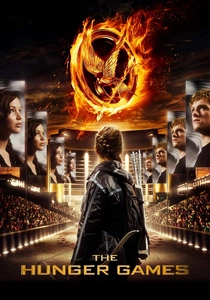
The Hunger Games (2012)
Description: Set in a dystopian future where the Capitol forces each of its twelve districts to send one boy and one girl to fight to the death in an annual event, this film explores themes of resistance and revolution through the eyes of Katniss Everdeen.
Fact: The film's salute, known as the "three-finger salute," has been used in real-life protests in Thailand and Myanmar. The character of Katniss was inspired by the myth of Theseus and the Minotaur.
 Watch Now
Watch Now

